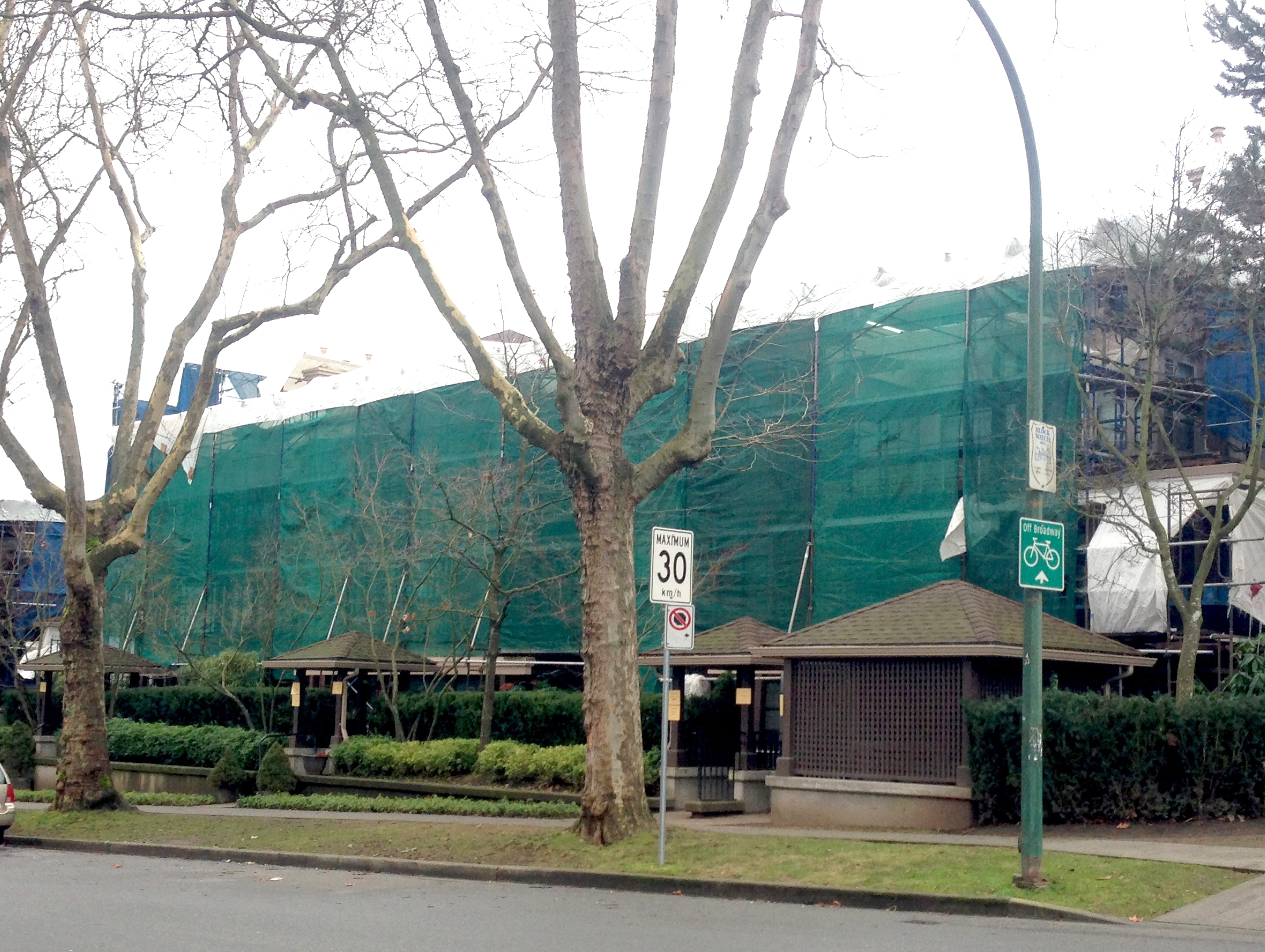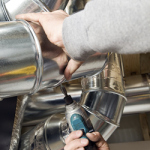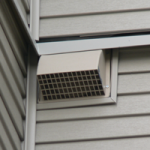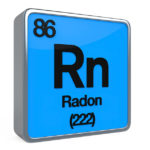 The 1980’s and 90’s were a dark era for B.C. homebuilders. Business was strong as condos were popping up all over the south coast. It should have been nothing but good news for the construction industry. Unfortunately, changes in the province’s building code allowed condos to be built using designs better suited to the desert than the rainforest. Stucco clad buildings with poor flashings, no overhangs, and no rainscreens left thousands of condo buyers with huge repair bills. Water collected in their walls, which led to mold and rot.
The 1980’s and 90’s were a dark era for B.C. homebuilders. Business was strong as condos were popping up all over the south coast. It should have been nothing but good news for the construction industry. Unfortunately, changes in the province’s building code allowed condos to be built using designs better suited to the desert than the rainforest. Stucco clad buildings with poor flashings, no overhangs, and no rainscreens left thousands of condo buyers with huge repair bills. Water collected in their walls, which led to mold and rot.
Studies show about half of the almost 160,000 strata-owned apartment units built in B.C. during the 17 year “leaky condo crisis” have since suffered building envelope failures. The scale of the problem was massive. Repair bills are estimated somewhere between $3 and $4-billion. The scale of the disaster started grabbing headlines in the early 1990’s. The issues put builders and politicians on the hot seat. Public inquiries were staged and governments began the search for causes and solutions. The result was an overhaul of B.C.’s building code in 1998, and the requirement for rainscreens in coastal regions of the province.
Municipal governments recognized the value of a rainscreen even earlier. Vancouver, Richmond and New Westminster had all enacted municipal rainscreen requirements by 1997. It turns out, research proving the value of an engineered rainscreen in Canada dates back to the 1960’s. It is a proven difference maker in challenging climates.
The key is the gap that it creates inside a wall. A sealed barrier beneath the siding allows any water that gets past that siding to harmlessly drain or evaporate in a properly ventilated space. If that water were able reach the insulation, wiring, plumbing, or drywall beyond the rainscreen, it could cause all of the issues experienced in the leaky condo crisis. In fact, the walls in leaky condos were supposed to be sealed. The problem emerged when water did get past the barrier; there was no air circulation, or drainage to allow it to dry.
The idea of a sealed building envelope, which leaves an outer space for ventilation has proven very effective in the more than 15 years since it began being required in coastal areas of British Columbia. All new construction in those regions now takes advantage of rainscreens, while many formerly leaky condos have undergone costly retrofits.
The main concern with the system is making sure the seal is maintained, to keep water out. That means paying careful attention to any necessary holes. Sometimes exterior vents need access through the rainscreen sheet material. Those holes create vulnerabilities if you don’t choose the right venting product. One piece plastic vent covers help ensure liquids can’t be drawn through any seams, behind the screen. A large flange will also make it easier to seal with the rainscreen, and well-engineered drip edges can direct water away from the wall. It all combines to increase a rainscreen’s reliability.
Rainscreens are already providing thousands of west coast homeowners some security from water damage in their walls. While the system remains optional in many jurisdictions, its benefits are clear. Builders throughout North America should be striving to create a sealed building envelope that will keep their customers happy for decades to come.



